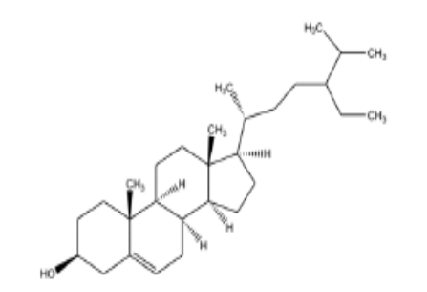


Journal of Pharmaceutical Research
DOI: 10.18579/jopcr/v18.4.bharghav
Year: 2019, Volume: 18, Issue: 4, Pages: 1-5
Original Article
Bhargav1, M D Karvekar1
1Department of Pharmaceutical Chemistry, Krupanidhi College of Pharmacy, Bangalore, Karnataka, India
Bauhinia variegata, a plant with medicinal value in the family Fabaceae, is commonly recognized for its bioactive phytoconstituents that are of therapeutic interest. In this study, the principal phytochemical constituents of B. variegata leaf extract were isolated and characterized using different chromatographic and spectroscopic methods. B. variegata leaves were harvested, dried, powdered, and subjected to successive solvent extraction with petroleum ether, chloroform, ethyl acetate, and methanol. The ethyl acetate extract with the highest yield (4.5%) was selected for further studies. Preliminary phytochemical screening was conducted to identify different secondary metabolites. Column chromatography, followed by Thin Layer Chromatography (TLC), High-Performance Thin Layer Chromatography (HPTLC), and High-Performance Liquid Chromatography (HPLC), were used to isolate bioactive compounds. Structural elucidation was performed using FT-IR, NMR, and mass spectrometry (MS). Phytochemical screening revealed the presence of carbohydrates, flavonoids, alkaloids, tannins, saponins, glycosides, and phenolic compounds in ethyl acetate extract. TLC analysis revealed three major compounds, with Rf values of 0.72, 0.50, and 0.28. Spectroscopic characterization revealed the presence of phytosterols and triterpenoids. Mass spectrometry revealed a molecular ion peak at m/z 414 with the molecular formula C29H50O. This study isolated and characterized the major bioactive compounds from B. variegata, with indications of their chemical structure and possible pharmacological potential. Further research is required to determine the therapeutic utility of these compounds.
Keywords: Bauhinia variegata; Phytochemical characterization; Ethyl acetate extract
© 2019 Published by Krupanidhi College of Pharmacy. This is an open-access article under the CC BY-NC-ND license (https://creativecommons.org/licenses/by-nc-nd/4.0/)
Subscribe now for latest articles and news.